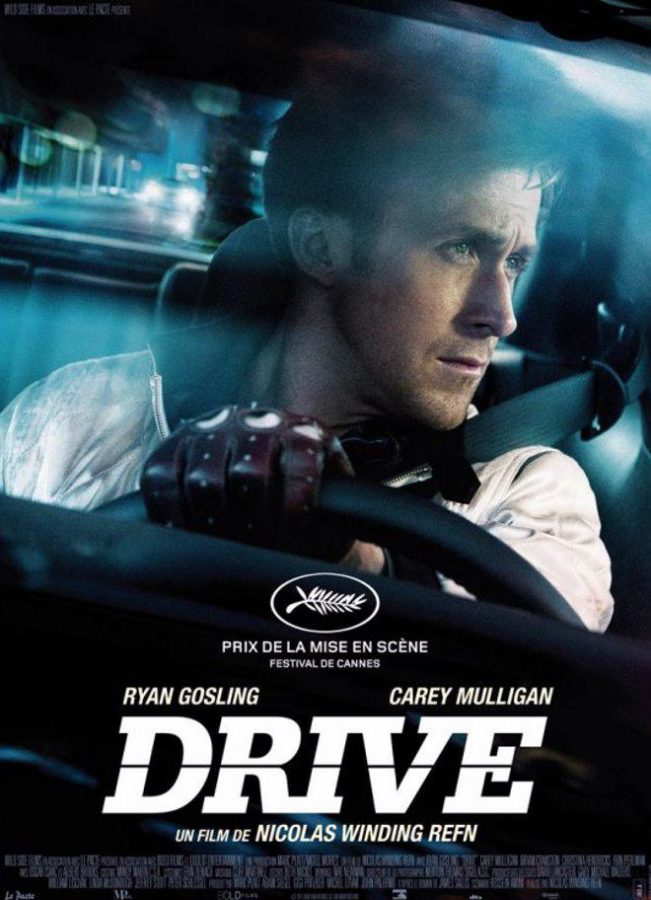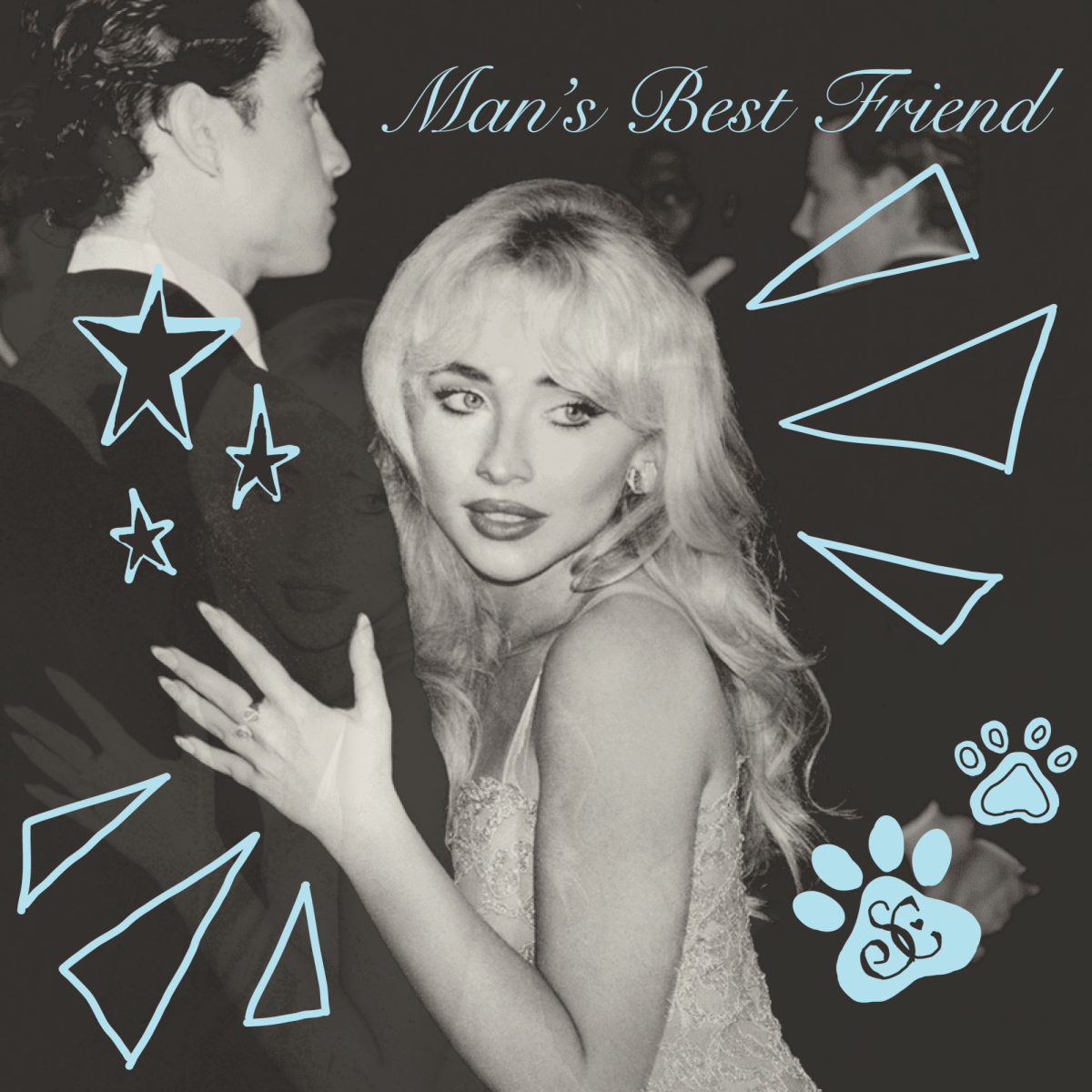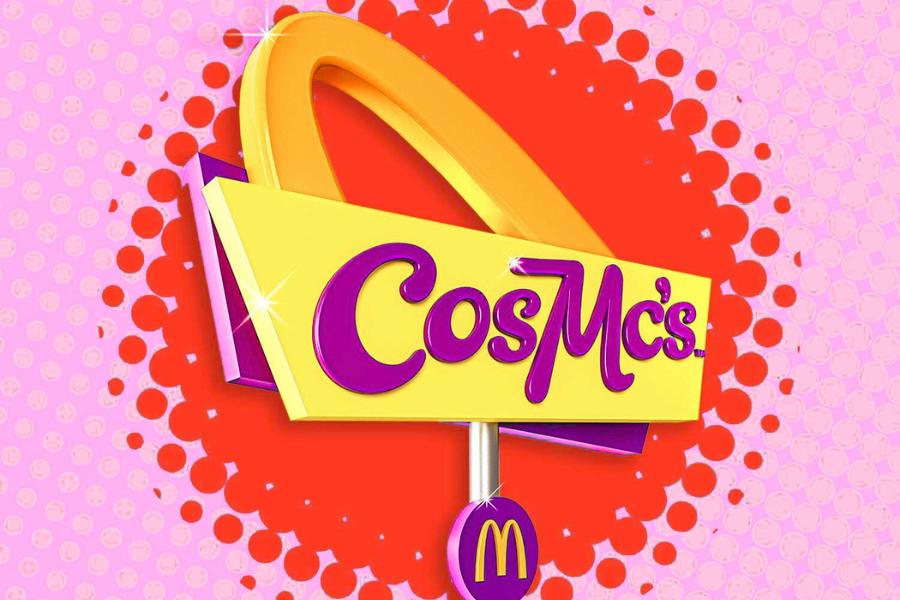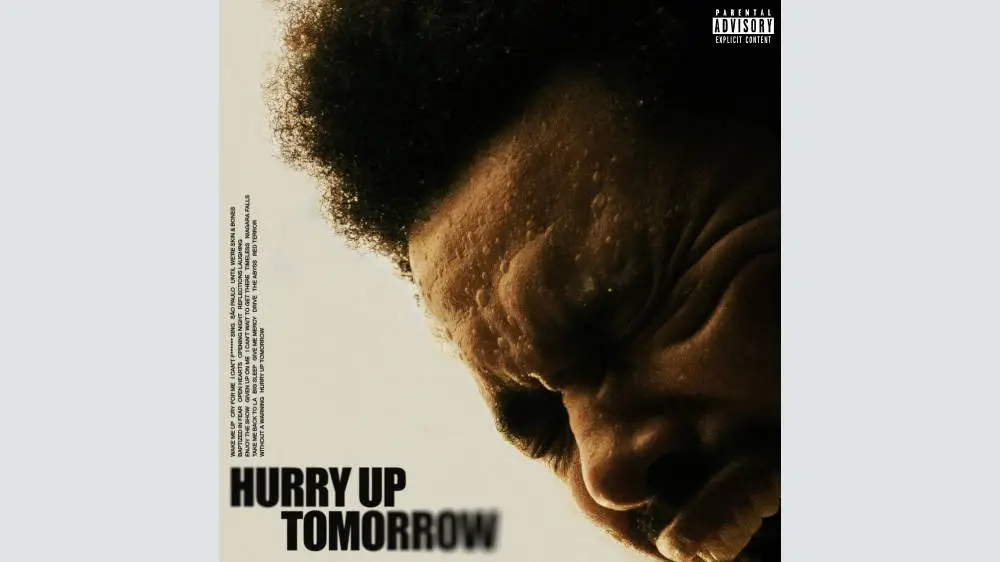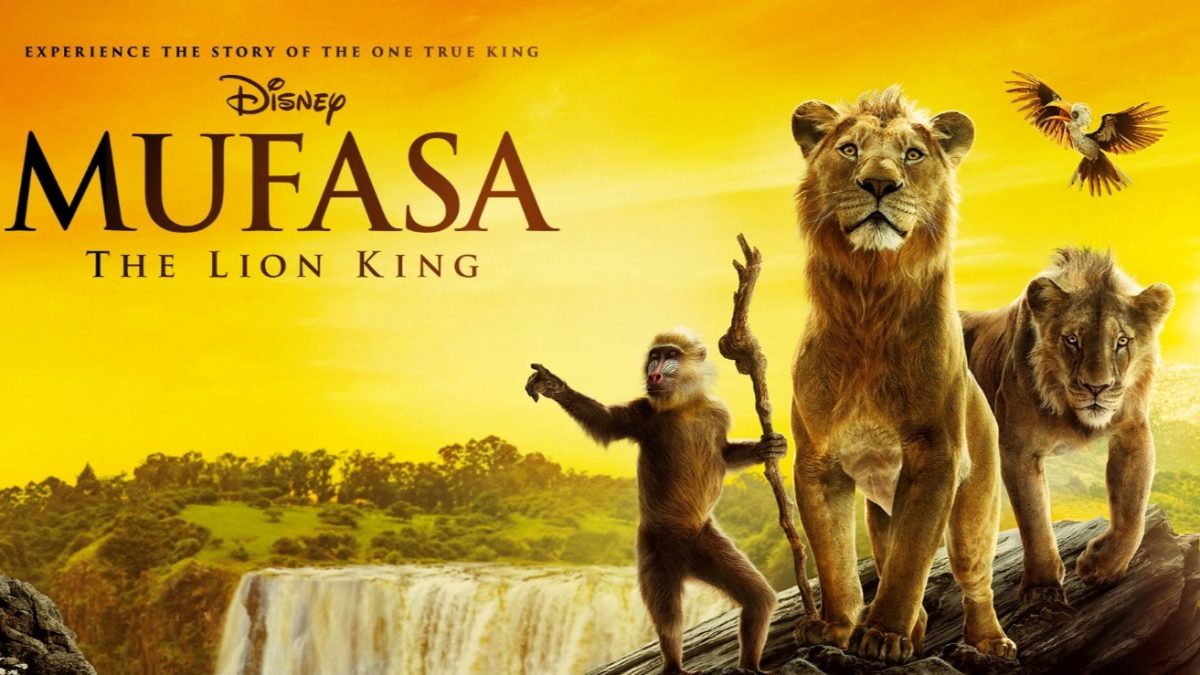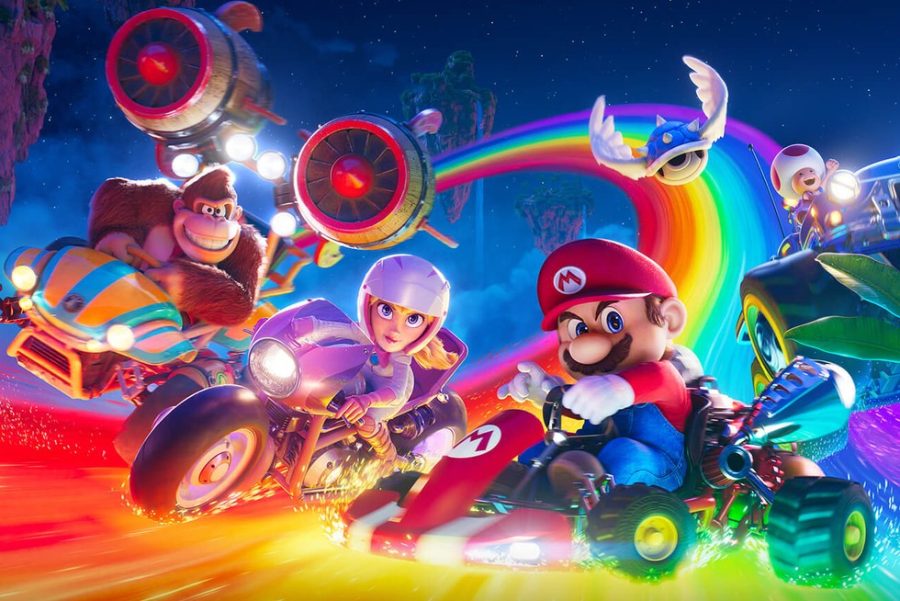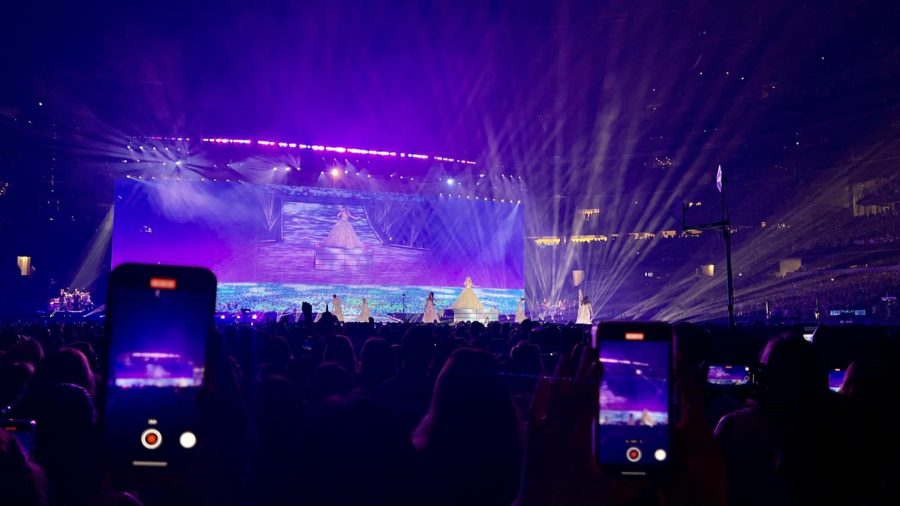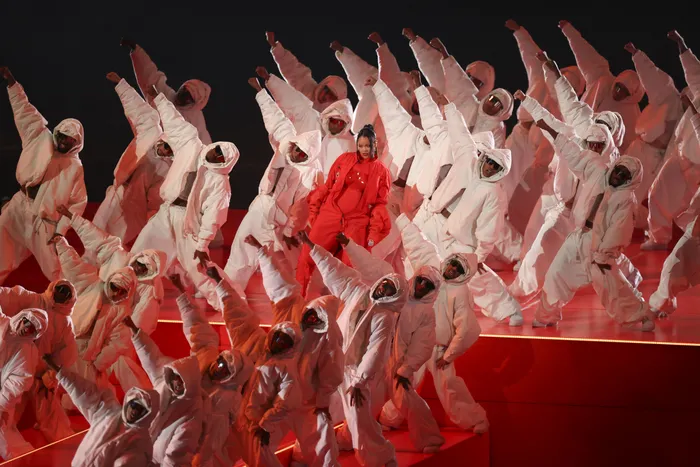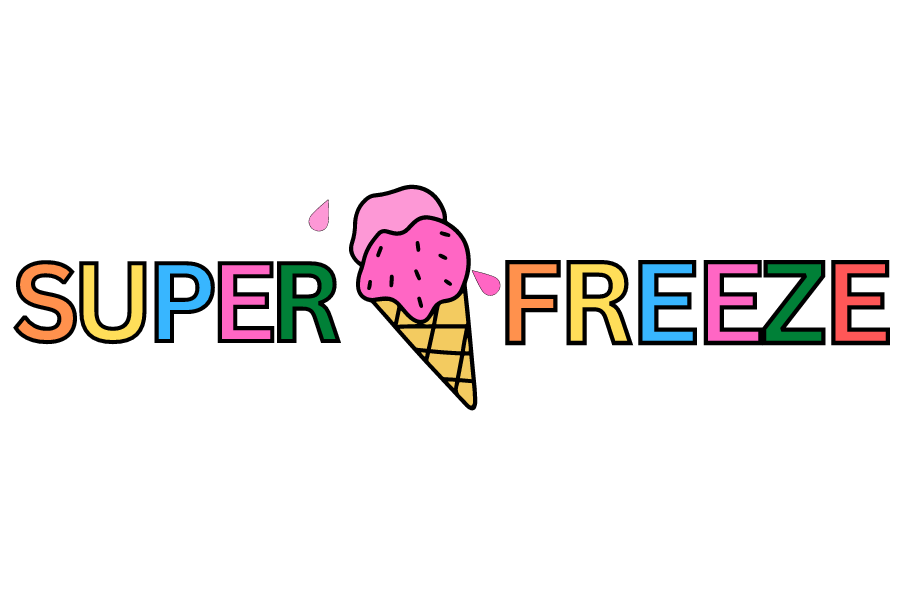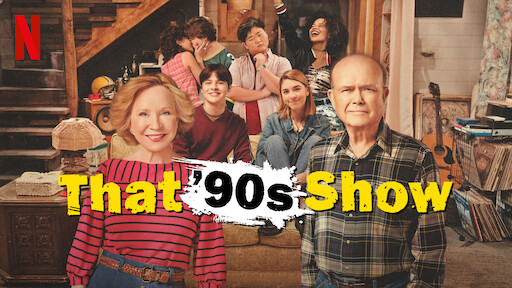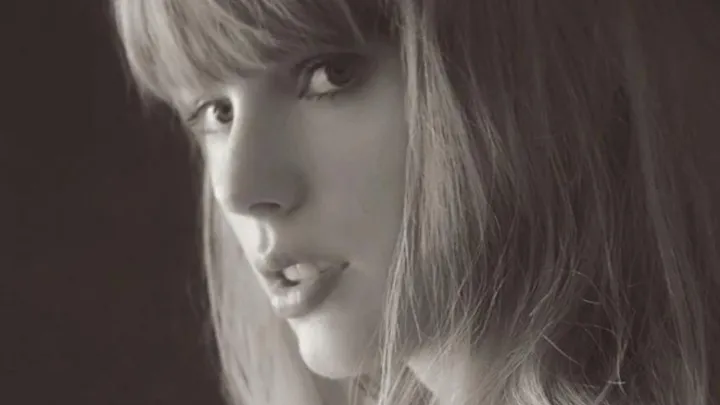After seeing the trailer, one might expect the usual action movie from Drive. It features choppy cuts, lots of shouting, and brief action sequences. But upon seeing the full-length movie, one finds a thrilling, violent, yet story-driven movie that modernizes the concept of film noir.
The plot of Drive follows an unnamed stunt driver, portrayed by Ryan Gosling, who works at a garage and drives getaway cars for heists on the side. However, he gets too emotionally involved with his neighbor Irene, portrayed by Carey Mulligan, and finds himself falling deeper in with the local crime syndicates, in hopes of helping those closest to him. The flow of the plot is nearly seamless as scenes transition smoothly from well-acted dialogue into grotesque violence with little to no “jerkiness” felt by the audience. These smooth transitions become even more impressive when you realize just how violent and gory this movie actually is, a couple of examples being a guy getting stabbed in the eye with a fork or a man’s skull being audibly and visibly crushed after being repeatedly stomped on.
The acting in Drive is impeccable. Ryan Gosling, the star of “The Notebook” and king of romantic drama, was cast perfectly as the “Driver.” Lacking a name, Driver lacks personality, but through that gains universal appeal. He is at times a sensual guy who is trying to find love, and at others a brutally efficient driving and killing machine. This brings to light another aspect of Ryan Gosling’s performance: Driver has very few lines and so Gosling must portray the character’s thoughts and emotions through silence. Many of the intricacies in Driver’s character can be interpreted solely through his eyes and facial expressions. Because of this, the story flows smoothly through the silent bits, which are at no point during the entire movie perceived as awkward.
Because silence plays such an important role in the telling of the story, the sound itself helps portray just as much. The soundtrack of Drive, compiled and composed by Cliff Martinez, is chock full of electronica, resulting in a sense of 1980’s pop revival through the use of synthesizer europop. The periods of silence that occur throughout the movie are often filled with ghostly and dreamlike synthesizer fills, giving the movie a strangely epic sense of surrealism. The fills often can be perceived as the emotions felt by Driver, due to his frequent silence, and help round out Ryan Gosling’s performance.
The plot, acting, music, and overall planning put into the film turn this tragic story of a stunt driver into an epic film of love and violence. Every little detail, including cinematography and prop placement, was clearly taken into account, providing audiences with something much deeper than your everyday thriller. It provides a story that can be picked apart, and is full of characters that harbor many emotional reasons for the things they say and do. Everything that happens in this movie is emotionally driven for one reason or another, and is all portrayed through at least one medium of expression, whether it be the soundtrack or the acting itself. Drivetakes viewers on a ride they are not likely to forget. It would be shameful for this movie not to become an instant classic that people will be talking about for years to come.



